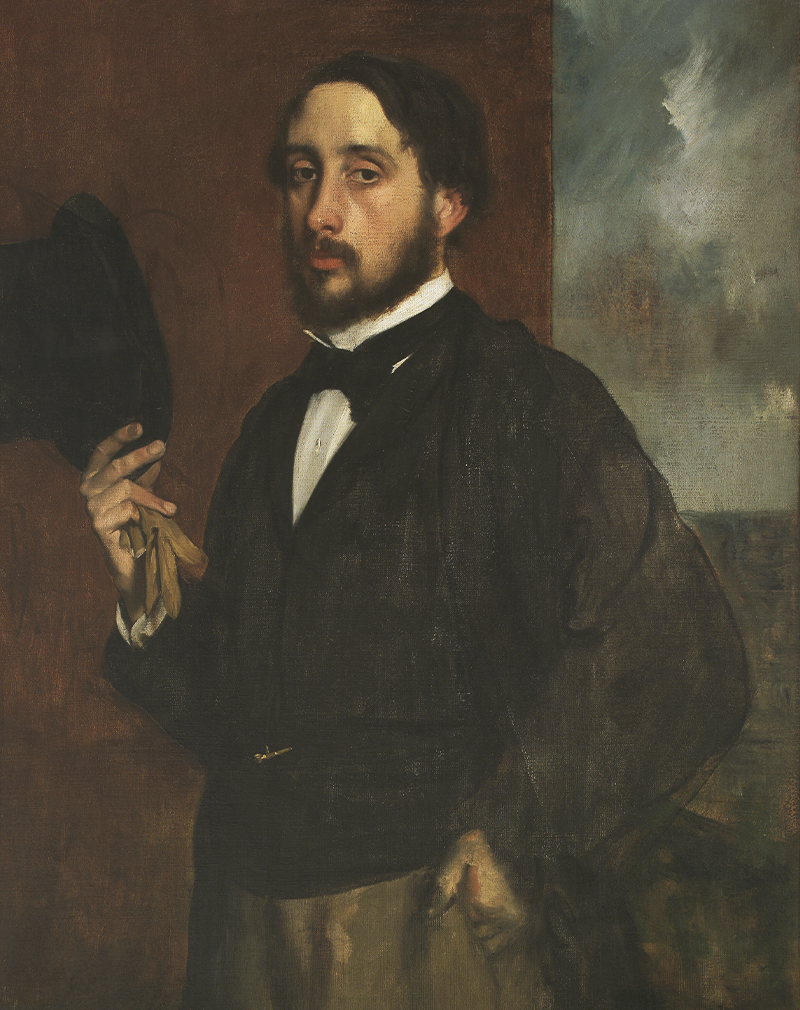Edgar Degas
Edgar Degas (1834–1917) was one of the best-known names in French painting in the late 19th and early 20th century. With strong links to the Impressionist movement, despite rejecting any association with it, the prolific painter and sculptor is represented in the Collection of the Calouste Gulbenkian Museum by two paintings.
Born in Paris, Degas began to paint at a very young age. Despite his father having rather different ideas for his career, the artist quit his Law degree and dedicated his life to art, influenced by other artists such as Ingres and Delacroix. He travelled around Italy and copied the works of the great Renaissance masters. He was best known for his paintings, although he also worked in sculpture and took an interest in photography.
His most famous paintings are probably those depicting ballerinas and baigneuses, but his work explored other themes, including self-portraits and portraits of other artists, such as Manet, Tissot and Mary Cassatt, who was a close friend of his. The Degas paintings acquired by Calouste Gulbenkian focus on these themes.
The first depicts the painter Henri Michel-Lévy, an artist from Degas’ close circle. Lévy appears in his studio in c. 1878, next to a painting identified as The Regattas. The two painters exchanged portraits, although the whereabouts of Lévy’s painting are unknown.
The second work is a self-portrait from c. 1863, before Degas’ 30th birthday. The artist depicted himself in around 15 paintings between 1850 and 1860; besides the piece in the Founder’s Collection, only one other self-portrait exists, portraying the painter in half length. It can now be found in the collection at the Musée d’Orsay in Paris. In order to produce the self-portrait purchased by Gulbenkian, Degas drew inspiration from an artwork by Ingres.

The two small canvases can be found in the permanent exhibition of the Calouste Gulbenkian Museum, in the gallery of 19th century painting and sculpture.
Collection of Stories
Where have the artworks been, before being acquired by Calouste Gulbenkian? Who were their authors and their protagonists? What curiosities do they hide? In this series, discover the various stories behind the Museum's collection.

